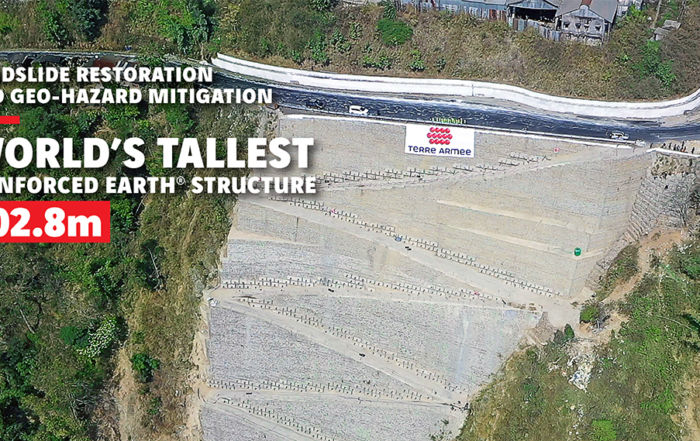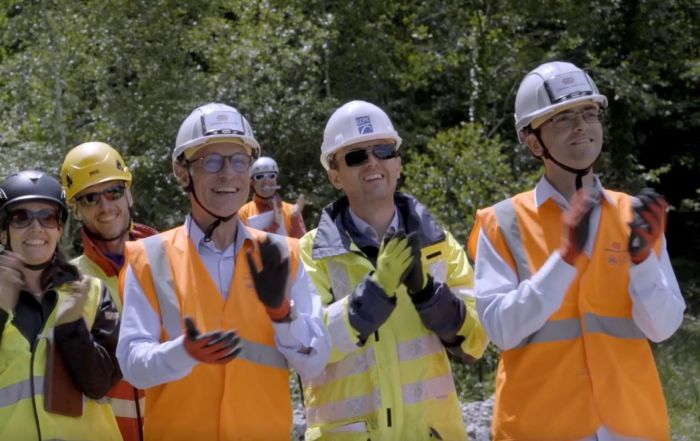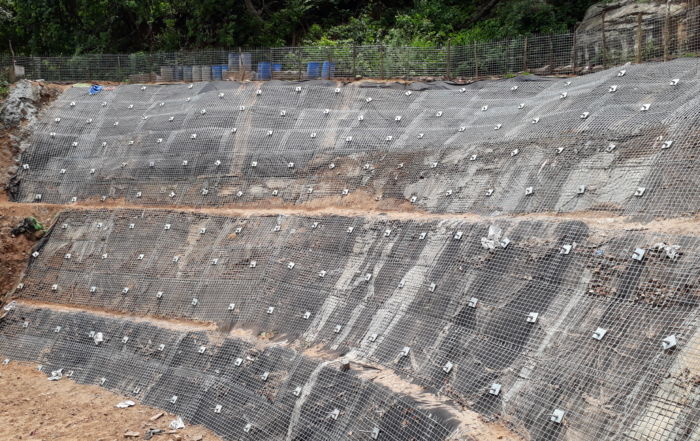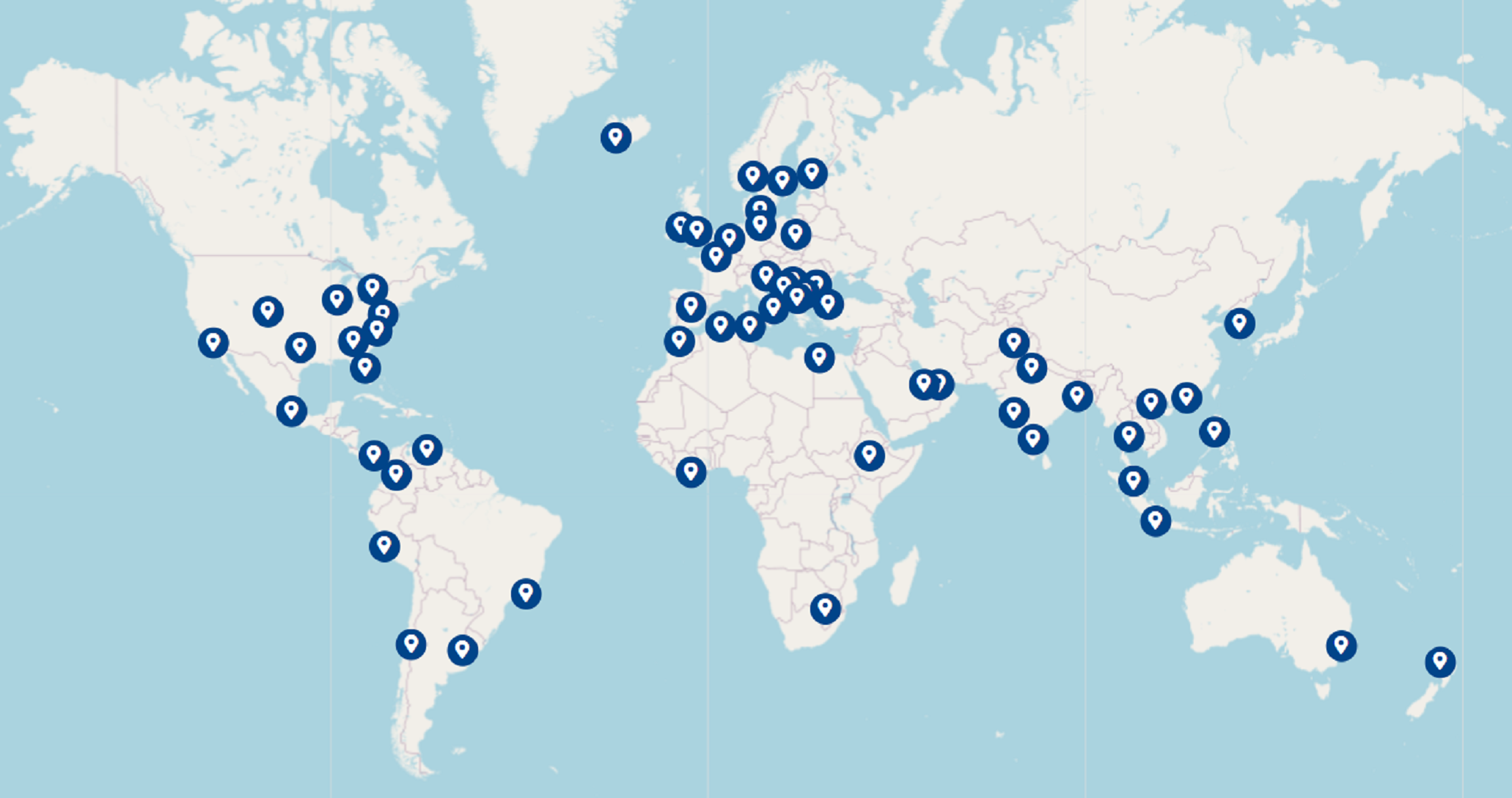NEWS
Terre Armée India builds the world’s tallest Reinforced Earth® structure
In September 2011, the town of Tindharia located in West Bengal, India experienced a massive landslide following an earthquake and heavy rainfall. The landslide significantly affected three locations – S1 (Height 34.9m), S2 (Height 102.8m) and S3 (Height 38.7m) – resulting in the collapse of a section of roadway on the [...]
World-record bund test confirms Terre Armée’s capacity to innovate, leadership in soil-structure interaction
Reinforced Earth® rockfall bund withstands impact of 5000 KJ Three years of research subjected to a few seconds of truth The excitement was palpable at the Montagnole rockfall test site near Lyon, France on June 16. Three years of collaborative research combining the expertise of Terre Armée and Gustave Eiffel University [...]
TerraLink® solution to stabilise slope and widen road
In the last quarter of 2018, cyclone Titli took a toll on Odisha state, located on the east coast of India. It caused severe damages including landslides in various locations on National Highway 59. Near Daringbadi - a tourist destination about 200 km away from the state capital Bhubaneshwar - the existing [...]
RETAIN, CROSS, PROTECT, STRENGTHEN
Our technical solutions are defined by four functions corresponding to the application of the structure to be designed: Retain, Cross, Protect, Strengthen. Retain: As the inventors of Reinforced Earth® and leaders in the soil reinforcement sector, we offer solutions for all retaining projects. Cross: Our customised crossing solutions are used to build bridge abutments, and bridges and tunnels under backfill. Protect: Our solutions help protect people, infrastructure, and the environment from natural and industrial hazards. Strengthen: Our engineered solutions help to improve foundation of soil using high strength, low modulus proprietary geosynthetics for basal reinforcement applications, bi-axial geogrids and woven geotextiles for Ground Stabilisation applications alongside improvement of drainage systems with low creep, low intrusion and low deformation drainage geocomposites.




